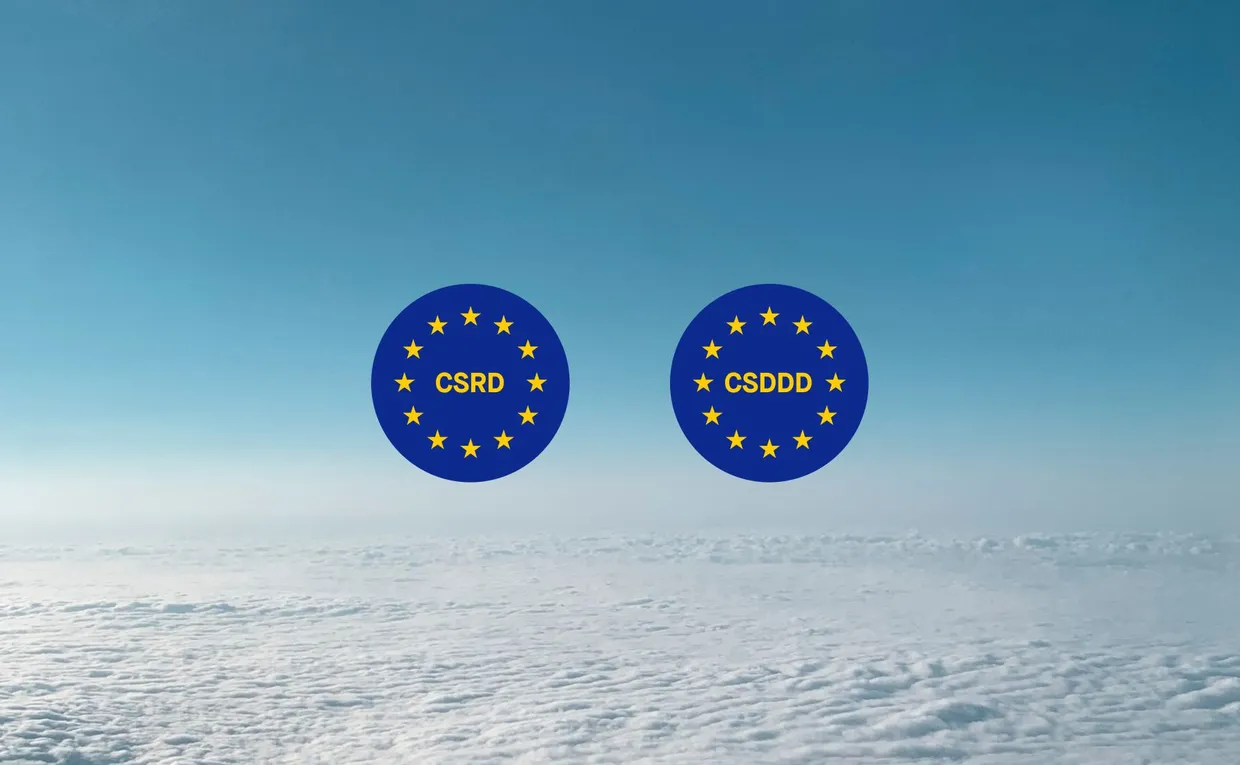The Greenhouse Gas (GHG) Protocol provides a standardized framework for companies and countries to measure, report and mitigate their greenhouse gas emissions.
The organization was established in 1998 by the World Resources Institute and the World Business Council for Sustainable Development in response to the need for a global, standardized way to measure GHG emissions.
GHG Protocol is well known today for its classification of Scope 1, 2 and 3 emissions for businesses, but it also provides standards, guidance, tools and training for other entities, as outlined below.
Who is the GHG Protocol for?
GHG Protocol is designed to be used by professionals from private and public sector organizations, in addition to professionals representing cities and countries, with their own emissions reduction agendas.
Why is it important?
For more than 20 years, GHG Protocol has been at the leading edge of providing guidance, tools and training around how to measure and report on greenhouse gas emissions. The Corporate Accounting and Reporting Standard, developed by GHG Protocol, provides the accounting platform for almost every corporate GHG reporting program globally.
In 2016, as many as 92% of Fortune 500 companies responding to CDP (the global disclosure system for environmental impacts) did so using GHG Protocol either directly or indirectly.
Hundreds of cities worldwide have also committed to using GHG Protocol to disclose their carbon emissions.
What are the GHG protocol standards?
The GHG Protocol standards provide frameworks for different entities, such as businesses and cities, to measure and report their GHG emissions.
The standards are:
-
The Corporate Standard:
The GHG Protocol Corporate Accounting and Reporting Standard guides companies and other organizations, such as NGOs, government agencies and universities, with how to prepare a corporate-level GHG inventory. -
The GHG Protocol for cities:
This is designed for accounting and reporting on city-level GHG emissions with the Global Protocol for Community-Scale Greenhouse Gas Emission Inventories (GPC). -
The Mitigation Goal Standard:
Target use is for countries and cities to develop national and subnational mitigation goals and an approach for how to achieve those goals. -
The Corporate Value Chain (Scope 3) Standard:
This helps companies to assess the emissions impact of their entire value chain and identify focal points for how to reduce emissions. -
The Policy and Action Standard:
A standardized approach for estimating the GHG effect of policies and actions. -
The Product Standard:
A method for understanding the full lifecycle emissions of a product and how to identify the best GHG reduction opportunities.
How can the GHG standards be used by businesses?
The Corporate Standard
As a business professional, you can use the GHG Protocol Corporate Accounting and Reporting Standard, commonly known as the Corporate Standard, to help prepare a corporate-level GHG emissions inventory.
The inventory needs to cover all seven greenhouse gasses covered by the Kyoto Protocol — carbon dioxide (CO2), methane (CH4), nitrous oxide (N2O), hydrofluorocarbons (HFCs), perfluorocarbons (PCFs), sulfur hexafluoride (SF6) and nitrogen trifluoride (NF3).
The standard helps you to account and report GHG emissions across your business activity. The guidance document shows you how to:
-
Classify your company’s emissions into Scopes 1, 2 and 3.
-
Divide your GHG footprint into both direct and indirect emissions.
-
Set a base year that your emissions reduction goals can be set against.
-
Identify the most prominent emission sources from your business operations.
-
Understand the best tools for calculating your emissions footprint.
-
Deal with complex company structures and shared ownership.
-
Ensure that your emissions reporting is verifiable.
-
Understand how to set an emissions reduction target.
The Corporate Value Chain (Scope 3) Standard
The GHG Protocol Corporate Value Chain (Scope 3) Standard helps you to assess the GHG emissions of your company’s entire value chain and to identify your company’s emission hotspots. It is focused on helping you to identify emissions that your company is responsible for outside of its own walls, rather than direct emissions from your company’s own operations.
The differences between Scope 1-3 emissions are set out below:
-
Scope 1: Emissions that occur directly from your own business operations, under your organization’s control.
-
Scope 2: Emissions arising from your company’s usage of purchase electricity, steam, heat and cooling.
-
Scope 3: Indirect emissions that occur in your company’s supply chain, such as the goods you purchase, employee commuting and disposal of your sold products.
The Scope 3 standard has been road tested by many companies from different industries – so it will be applicable to whichever sector you operate in and comes with a range of user-friendly guidance and tools.
In most cases, the majority of a company’s GHG emissions come from its value chain, so understanding more about your value chain emissions is key to reducing your corporate GHG footprint. The Scope 3 framework helps you decode emissions occurring across your business lifecycle and suggests ways for you to partner with your suppliers and customers in order to address climate impacts.
How can Sweep help?
Sweep can help you measure and report your corporate GHG emissions in line with the GHG Protocol. Our platform makes it easy to manage data from your systems, staff and suppliers in order to accurately track your emissions and improve your sustainability performance. Sweep addresses Scope 3 emissions directly by helping you engage with your suppliers to come up with an action plan to reduce emissions. We work with companies from many different sectors and tailor our support to your company’s needs and emission reduction potential.



